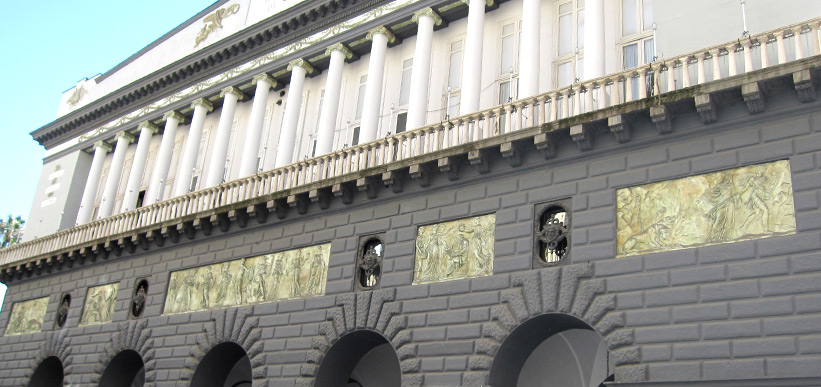The Neoclassical style of architecture includes the Classical Greek and Roman elements. Buildings that have been constructed using this architectural style have left many in awe for about three centuries. Neoclassicism is more of a revival of classical structures and forms. Most of the government buildings in different parts of the world have been constructed using this style.
This architectural movement began in the mid-18th century in France, Italy, and the United Kingdom. It was the discovery of archaeological ruins in Italy that led to the beginning of this movement. From mid-18th to most of the 19th century, this remained a predominant architectural style in Europe. Given below are some of the buildings that have been constructed using the Neoclassical architecture:
1. The White House (USA)
Formerly called ‘The President’s House’, this building was designed by James Hoban, an Irish-born architect. It has been the official residence of the American presidents since John Adams. The building was modeled after the Leinster House, which is located in Dublin, Ireland. It was influenced to some extent by the works of Vitruvius and Andrea Palladio.
This elegant building was constructed between 1792 and 1800 by the Afro-American workers. Since it was first built, the building has been reconstructed many times. It was president Franklin Roosevelt who gave the building its current name.
2. The Pantheon (France)
King Louis XV had ordered the construction of this building, intended to be a church dedicated to Saint Genevieve. It was built between 1758 and 1790 based on the design by the architect Jacques-Germain Soufflot. During the French Revolution, the church was transformed into a mausoleum for burying distinguished French citizens.
The dome of The Pantheon has Neoclassical coffers and has been constructed with stone. Its facade and peristyle have been modeled after a Greek temple. The building also features Corinthian columns and sculpture by David d’Angers.
3. Teatro Reale di San Carlo (Italy)
Opened in 1737, this is the world’s oldest active opera house. It was designed by Giovanni Antonio Medranol and Angelo Carasale. The Bourbon King Charles III of Naples had ordered its construction.
Neoclassical motifs adorn the interior of Teatro Reale di San Carlo and has bas relief sculptures throughout the building. You’ll find an Iconic colonnade on the second level while the facade is heavily rusticated on the ground level.
4. Buckingham Palace (UK)
The house at the core of this palace was constructed at the beginning of the 18th century. Buckingham Palace was not the official residence of the British monarchy until 1837, when Queen Victoria ascended the throne. The palace was enlarged during the early 19th century under the architects John Nash and Edward Blore.
As a part of the enlargement works, three wings surrounding a central courtyard were added. The public facade of the palace, the east wing, was completed in 1850. The addition of three pediments, columns, rusticated masonry, and Corinthian pilasters on the ground level was made in 1913.
5. The Academy of Athens (Greece)
Although the construction of this building began in 1859, it was not completed until 1885. The main building was designed by the Danish architect, Theophil Hansen. It was designed to be a part of an architectural trilogy along with the National Library and the University.
The building also has a multi-figure pediment sculpture. Flanking the building’s portico are the figures of Athena and Apollo, which can be seen on a pair of pillars. These sculptures were created by the Greek sculptor, Leonidas Drosis.

